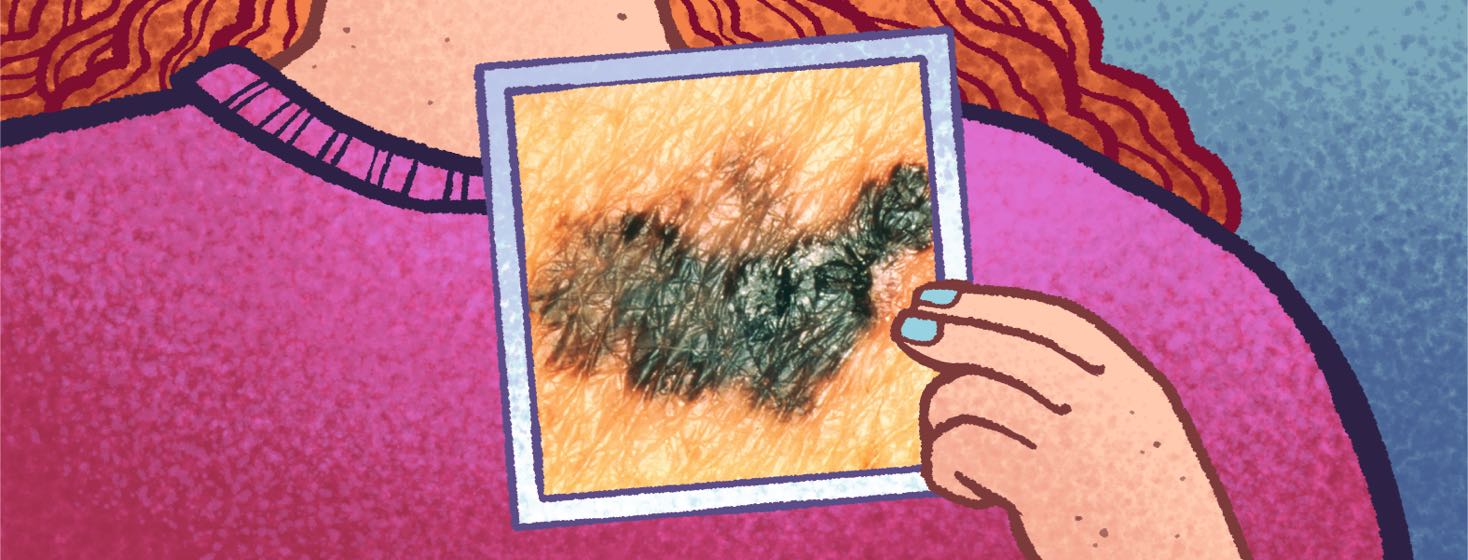Emily Hayward's Story: Changing the Way We Look at Skin Cancer
If the pandemic has provided us with nothing else, it’s given us time. I’ve wavered back and forth with using that time wisely and wasting it away. During one of my less productive stretches, I discovered Gogglebox on Facebook Watch. I’ve become slightly obsessed with watching the featured families react to various movies, reality shows, and documentaries. It’s been a great stress reliever during times when sleep eludes me. Recently, I caught a clip I had never seen before. The Gogglebox crew was watching the story of Emily Hayward.
The story of Emily Hayward
Over the years, I have read many stories about skin cancer and the lives it has impacted. Emily Hayward’s was new to me. As a teenager, Emily was diagnosed with melanoma and had two years of solace before it returned. When the cancer came back, it did so with a vengeance. Emily’s battle began again in 2013, and after five years of fighting, she died in 2018 after the cancer metastasized to her brain, her lungs, and her liver.1
Emily bravely shared her story with us
Emily brought her diagnosis and treatment journey to the world via social media. Alongside her family and partner, Aisha, she showed followers the moment she found out her scans showed her cancer had not only returned but spread throughout her body. As the cancer continued to spread, she took viewers through each new doctor visit, every harrowing result, and showed the world the side effects of chemotherapy and radiation leaving no doubt in anyone’s mind that cancer is evil and she is a force with which to be reckoned.
A warrior of a different breed
Emily Hayward was a warrior of a different breed. She was a young woman who knew she was in the fight of her life and chose to share every step of her journey with the world. There is no glamour in battling cancer of any type, and Emily showed the world the good, the bad, and the ugly. Her story has brought new awareness to the fight against skin cancer, and she and her wife have shown the world what a full life living with hope and determination can look like.
Something I wanted to share
To say I was moved by Emily’s journey is an understatement. I am sharing Emily’s story with you for two reasons. Her melanoma started as a mole; a mole she noticed changing. Moles need to be checked by a dermatologist. Self-checks are as important to early prevention as staying out of the sun and using sunscreen regularly.
Communication is key
Secondly, I am sharing Emily Hayward’s story to once again emphasize what we all know to be true but struggle with communicating to friends and family members who just don’t seem to get it–skin cancer IS cancer. It can be devastating. It can be invasive, and it can take a life as easily and as quickly as any other type. Melanoma, as well as squamous cell carcinoma, can metastasize to organs making treatment that much more challenging. Skin cancer should never be overlooked and minimalized.
Let's continue Emily's mission
Emily Hayward’s videos are poignant, and they are full of the harsh reality of what skin cancer can do to the body. Emily Hayward’s story should be shared over and over. Her mission was to raise awareness for skin cancer patients everywhere, and that she has more than accomplished.
Continuing to share her story and raise awareness
For anyone who made it this far, watch her story and then tell me it's just skin cancer. Share her videos on social media and know that you are raising awareness and making the difference Emily Hayward wanted to see take place.

Join the conversation